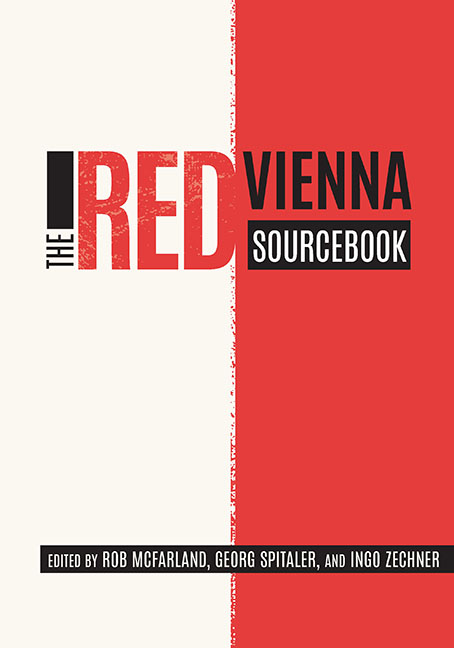Book contents
- Frontmatter
- Contents
- Acknowledgments
- Permissions and Credits
- A Note on the Structure of This Book
- Introduction
- Part I Foundations
- Part II Philosophies
- Part III Identities
- Part IV New Values
- Part V Social Engineering
- Part VI Vitality
- Part VII Housing
- Part VIII Cultural Politics
- Part IX Mass Media
- Part X Exchange
- Part XI Reaction
- Part XII Power
- Chronology
- References
- Contributors
- Index of Subjects
- Index of Persons
Chapter 11 - Religion and Secularism
Published online by Cambridge University Press: 23 October 2020
- Frontmatter
- Contents
- Acknowledgments
- Permissions and Credits
- A Note on the Structure of This Book
- Introduction
- Part I Foundations
- Part II Philosophies
- Part III Identities
- Part IV New Values
- Part V Social Engineering
- Part VI Vitality
- Part VII Housing
- Part VIII Cultural Politics
- Part IX Mass Media
- Part X Exchange
- Part XI Reaction
- Part XII Power
- Chronology
- References
- Contributors
- Index of Subjects
- Index of Persons
Summary
IN ONE OF THE MOST ICONIC EPISODES of one of the most important works of modern Austrian literature, Arthur Schnitzler's 1926 Traumnovelle (Dream Story), the protagonist is driven through the streets of Vienna toward a house in the suburbs near Gallitzinberg hill in order to participate in the ritualistic orgy of a secret society. The participants are at first dressed in the habits of monks and nuns. Later, the men exchange their monastic robes for the costumes of noblemen and the women remove all of their clothing. The scene overwhelms the protagonist with desire, although as an outsider, he never gains full access to this mysterious, dangerous world of eroticism.
The journey from the center of the city to the periphery has often been likened to a journey from bourgeois order toward the transgressive libidinal energies associated with the unconscious. In this instance, unconscious desire and sexual transgression manifest themselves in the profanation of symbols of power (the clothing of monks, nuns, and noblemen) that were formerly held sacred in Austrian culture and political life—metonymically standing in for the Church and the nobility—while at the same time positing these very same symbols as fetish objects and thus as endowed with a peculiar imaginative and even erotic fascination. This episode can be regarded as a window onto the complex dynamics that pervade questions of religion and secularization in Red Vienna: while Viennese culture, at least according to the dominant Social Democratic vision, seems to shift toward increasing secularization, religion and the question of the sacred never disappear from the intellectual landscape. Indeed, religion and the sacred are constantly reappearing or being rethought in different forms, almost—as Schnitzler's text suggests—as a return of the repressed.
The topography of Schnitzler's text may be productively mapped onto a political dynamic: the further one traveled outside of Vienna across the other Austrian regions, the further one moved from the seemingly secular political culture of the Social Democrats to the Catholic conservatism of the Christian Social Party. Historiographies of Austria have thus tended to see in the period after World War I a cultural clash between opposing ideals with their corresponding geographical locations on the map of Austria: the progressive, secularist Marxism of Vienna against the conservative, corporatist Catholicism of the Austrian rural regions.
- Type
- Chapter
- Information
- The Red Vienna Sourcebook , pp. 213 - 232Publisher: Boydell & BrewerPrint publication year: 2019

